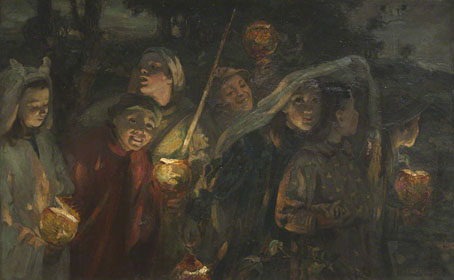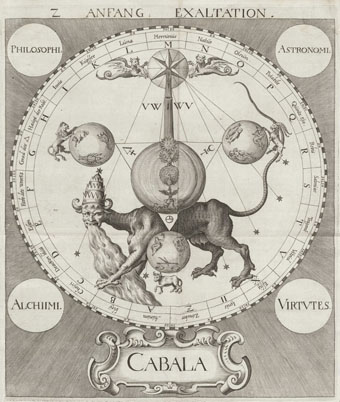
Muscle Up (2015) by Patrick Cowley.
This post is partly a reminder to myself that I’m still missing the last two Patrick Cowley album releases on the Dark Entries label. Dark Entries have distinguished themselves over the past few years by compiling selections from Cowley’s previously unreleased tape archive. Many of the recordings were made in the years before Cowley established himself as a producer of Hi-NRG disco hits, long pieces of instrumental electronic music which are closer to the typical electronica of the 1970s than the club music he became known for. This didn’t prevent his early recordings from being used as soundtracks for gay porn films, however, a connection that Dark Entries acknowledge in the packaging for their first three Cowley releases: School Daze (2013), Muscle Up (2015) and Afternooners (2017). The fourth album in the series, Mechanical Fantasy Box (2019), was released in tandem with a book of the same name, a journal of Cowley’s sexual encounters during the late 70s. The book and the albums from Muscle Up on have all featured art and graphics by Gwenaël Rattke, a German artist who uses traditional collage methods to repurpose imagery and graphics copied from gay magazines and porn publications of the 1970s and 1980s. The last time I looked at Rattke’s work I wasn’t aware that he’d created more album art so this post gathers a few additional examples along with his designs for Dark Entries.

Lesbians On Ecstasy (2004) by Lesbians On Ecstasy.
I always like to see an accurate pastiche, and Rattke’s pastiches are close enough to their targets to be mistaken for products of the period they resemble, especially when assisted by fonts like Quicksilver, Stop, Sinaloa, and Motter Textura, all of which are redolent of the disco decade. Creating collages with scissors, paper and what looks in places like Risograph reproduction also helps with the period authenticity. You could create work like this with wholly digital means but if you did you’d have to do spend time disguising the absolute precision of those techniques.

We Know You Know (2007) by Lesbians On Ecstasy.

Liquidation (2015) by Liquid G.

Patrick Cowley – Afternooners (2017) by Patrick Cowley.




